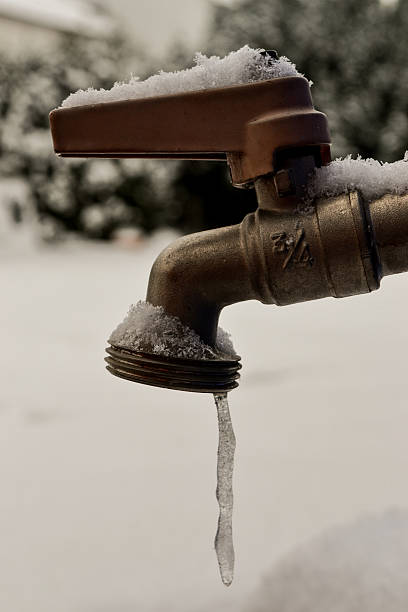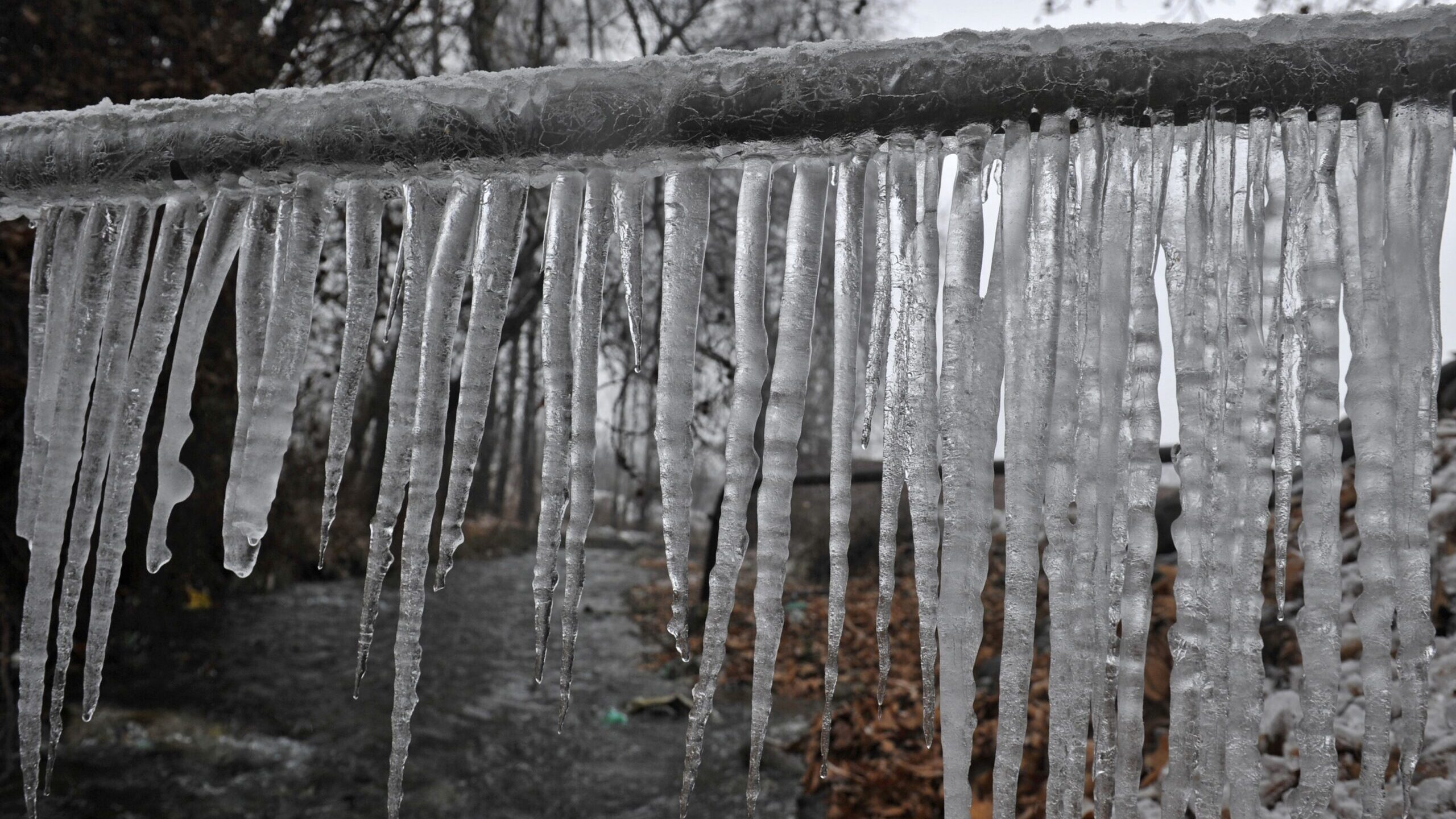Key Approaches for Preventing Frozen Pipes in Winter
Key Approaches for Preventing Frozen Pipes in Winter
Blog Article
Here in the next paragraphs you can discover some good quality resources around How to Prevent Your Pipes From Freezing.

Cold weather can wreak havoc on your pipes, especially by freezing pipelines. Here's how to prevent it from happening and what to do if it does.
Introduction
As temperature levels drop, the risk of icy pipes boosts, possibly resulting in costly fixings and water damage. Comprehending just how to prevent frozen pipelines is crucial for house owners in cool climates.
Avoidance Tips
Shielding at risk pipes
Wrap pipes in insulation sleeves or make use of warmth tape to secure them from freezing temperatures. Concentrate on pipelines in unheated or exterior locations of the home.
Heating strategies
Maintain interior spaces sufficiently warmed, particularly areas with pipes. Open cupboard doors to permit warm air to distribute around pipelines under sinks.
Exactly how to determine frozen pipelines
Try to find lowered water circulation from taps, unusual smells or noises from pipes, and noticeable frost on subjected pipes.
Long-Term Solutions
Architectural adjustments
Take into consideration rerouting pipelines far from exterior walls or unheated areas. Add extra insulation to attic rooms, cellars, and crawl spaces.
Upgrading insulation
Buy premium insulation for pipes, attic rooms, and wall surfaces. Proper insulation assists maintain consistent temperatures and minimizes the risk of frozen pipelines.
Safeguarding Exterior Pipes
Yard hoses and exterior taps
Detach and drain yard hoses before winter months. Install frost-proof faucets or cover exterior taps with shielded caps.
Understanding Frozen Pipes
What causes pipelines to ice up?
Pipes ice up when revealed to temperatures below 32 ° F (0 ° C) for prolonged periods. As water inside the pipelines freezes, it expands, taxing the pipe walls and potentially creating them to rupture.
Risks and damages
Icy pipes can bring about water disturbances, property damage, and pricey repairs. Burst pipes can flood homes and create extensive structural damages.
Indications of Frozen Pipeline
Determining frozen pipes early can prevent them from bursting.
What to Do If Your Pipes Freeze
Immediate actions to take
If you think icy pipes, maintain faucets open to eliminate pressure as the ice thaws. Utilize a hairdryer or towels soaked in warm water to thaw pipes slowly.
Conclusion
Protecting against icy pipes calls for positive measures and quick reactions. By comprehending the causes, indications, and safety nets, property owners can shield their plumbing during cold weather.
5 Ways to Prevent Frozen Pipes
Drain Outdoor Faucets and Disconnect Hoses
First, close the shut-off valve that controls the flow of water in the pipe to your outdoor faucet. Then, head outside to disconnect and drain your hose and open the outdoor faucet to allow the water to completely drain out of the line. Turn off the faucet when done. Finally, head back to the shut-off valve and drain the remaining water inside the pipe into a bucket or container. Additionally, if you have a home irrigation system, you should consider hiring an expert to clear the system of water each year.
Insulate Pipes
One of the best and most cost-effective methods for preventing frozen water pipes is to wrap your pipes with insulation. This is especially important for areas in your home that aren’t exposed to heat, such as an attic. We suggest using foam sleeves, which can typically be found at your local hardware store.
Keep Heat Running at 65
Your pipes are located inside your walls, and the temperature there is much colder than the rest of the house. To prevent your pipes from freezing, The Insurance Information Institute suggests that you keep your home heated to at least 65 degrees, even when traveling. You may want to invest in smart devices that can keep an eye on the temperature in your home while you’re away.
Leave Water Dripping
Moving water — even a small trickle — can prevent ice from forming inside your pipes. When freezing temps are imminent, start a drip of water from all faucets that serve exposed pipes. Leaving a few faucets running will also help relieve pressure inside the pipes and help prevent a rupture if the water inside freezes.
Open Cupboard Doors
Warm your kitchen and bathroom pipes by opening cupboards and vanities. You should also leave your interior doors ajar to help warm air circulate evenly throughout your home.

Do you really like reading up on How to Prevent Your Pipes From Freezing? Write feedback down below. We would be delighted to listen to your responses about this blog posting. We are looking forward to see you back again in the future. Are you aware of anybody else who is intrigued by the topic? Be sure promote it. Many thanks for your time. Return soon.
Recurring Service Plans Report this page